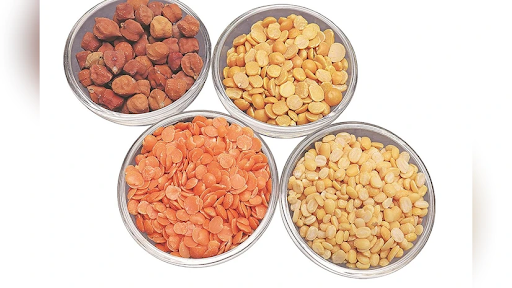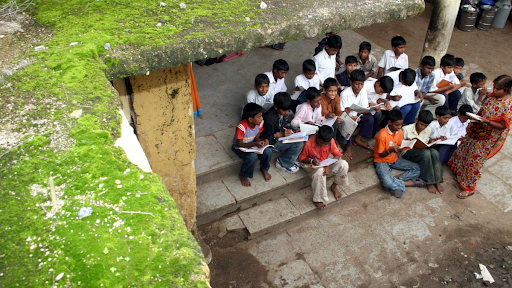



India must urgently reform its food systems to tackle malnutrition, rising obesity, and food insecurity. Strategies include promoting nutrition-sensitive farming, diversifying the Public Distribution System, involving the private sector, supporting climate-resilient agriculture, empowering women farmers, and launching awareness campaigns. These actions ensure health, sustainability, and equity for national well-being.

Copyright infringement not intended
Picture Courtesy: THE HINDU
India faces a “triple burden” of malnutrition: undernutrition, micronutrient deficiencies, and obesity.
According to the National Family Health Survey (NFHS-5) data:
Although India produces enough food, many cannot access or afford nutritious diets. The Food and Agriculture Organization (FAO) reports that 55.6% of Indians couldn’t afford a healthy diet in 2022, with costs rising from $2.86 to $3.36 per day (in purchasing power parity terms).
Poverty, unequal food distribution, and a focus on calorie-heavy crops like rice and wheat (instead of nutrient-rich foods like pulses or millets) worsen the problem. Climate change threatens crop yields, biodiversity, and small farmers’ livelihoods, deepening food insecurity.
Malnutrition doesn’t just harm health—it weakens the Indian economy and future. Stunted children struggle in school and earn less as adults, trapping families in poverty.
Obesity and NCDs raise healthcare costs, straining public resources. The Global Hunger Index 2024 ranks India 105th with a score of 27.3, placing it in the “serious” hunger category.
Globally, food system failures cost $12 trillion annually due to health issues, environmental damage, and lost productivity. For India, with a growing population and climate vulnerabilities like droughts and floods, continuing with outdated systems is unsustainable.
By transforming food systems to prioritize nutrition, sustainability, and equity, India can improve overall well-being and meet SDGs like Zero Hunger (SDG 2), Good Health (SDG 3), and Responsible Consumption (SDG 12).
Nutrition-Sensitive Agriculture
Farmers must grow diverse, climate-resilient crops like millets, pulses, and biofortified varieties (e.g., iron-rich rice or vitamin A-enriched sweet potatoes). These crops improve diets and withstand climate challenges like droughts.
Policies should also reduce post-harvest losses (e.g., better storage) to ensure food quality.
Strengthening Social Safety Nets
The Public Distribution System (PDS) and mid-day meal schemes focus more on cereals like rice and wheat, neglecting nutrient-rich foods. Expanding PDS to include pulses, millets, and fortified foods can improve diets.
Private Sector Role
Companies should innovate by producing nutrient-dense foods, fortifying staples (e.g., adding iron to rice), and using plant-based alternatives.
Clear nutrition labels and QR codes on packages can educate consumers. Regulations and incentives can push businesses to prioritize health over profit.
Climate and Economic Resilience
Climate-smart agriculture, such as drip irrigation or drought-resistant crops, protects farmers from climate shocks.
Creating rural jobs and supporting women farmers (who make up 79% of rural agricultural workers but own only 13% of land) ensures economic stability. Gender-sensitive policies can empower women, improving family nutrition.
Awareness Campaigns
Tools like the “MyPlate Blast Off” game or radio programs teach healthy eating, especially in areas with low internet access. Nutrition education in schools can shape lifelong habits.
Must Read Articles:
Right to Free Food: Reform Needed
Food Processing Industry Reforms in India
State of Food and Agriculture 2024
The World Food Programme (WEP)
Source:
|
PRACTICE QUESTION Q.With increasing pressure on arable land, explore the feasibility of vertical farming and lab-grown foods as alternatives for future food security. 150 words |






© 2026 iasgyan. All right reserved